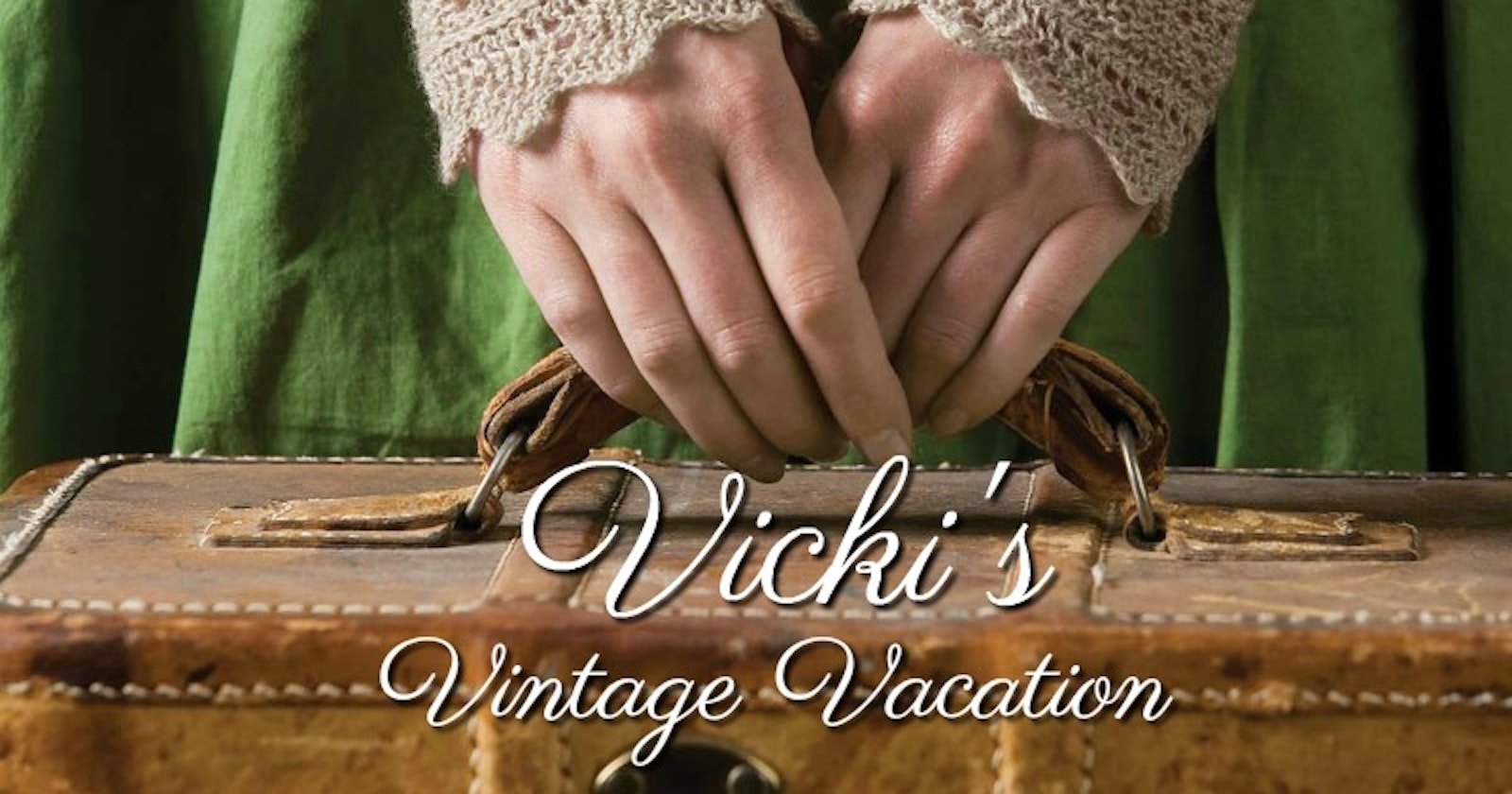Crochet is a language unique in needlework. Learning to crochet is like learning a foreign language that uses a different alphabet, a different construction, and a different elemental foundation. The end goal in language is communication, but in Victorian crochet the end goal is a beautiful needlework fabric, usually for function, but sometimes just because.
I have been experimenting with free-form crochet lately. Within the confines of crochet-stitch knowledge, I can crochet without a pattern and, like a flowing stream with eddies and backwaters, change direction at will. The result is an artistic, textural motif that may be combined with other individual motif pieces to coordinate into __. You may fill in the blank with the name of a garment, an accessory, an embellishment, or a display.
Irish-crochet lace is a motif-based construction and is the embodiment of beauty in this method. Originally developed in Ireland in the mid-1800s, it emulated complex Venetian lace but could be manufactured anywhere with simple tools. By the mid-nineteenth century, over 12,000 women, most in a rural locale, were employed creating Irish crochet to supplement the family income and revive the economy as part of famine relief schemes.

Illustration of “Narrow Passementerie Dress Trimming” from Weldon’s Practical Needlework, Volume 6.
Irish crochet is made using fine cotton or linen thread with a very fine crochet hook. Stylized motifs of flowers, leaves, paisleys, and other unusual shapes are made individually and then joined using chains and picots. While perusing Weldon’s Practical Needlework, Volume 6, I chanced upon a lovely motif, called a “passementerie,” which is French for a decorative trim of braid, gimp, bead, or cord. As the engraving illustrates, a single motif may be used or combined with a number of others for a larger trim. The obvious inspiration and flavor is Irish-crochet motifs. Not to be left out of all the fun, the Victorians embellished dresses, chemises, and mantles using this beautiful crochet design structure.

Illustration of “Wide Passementerie Dress Trimming” from Weldon’s Practical Needlework, Volume 6.
I particularly like the light, airy, and supple quality with this passementerie design, definitely characteristics to consider when making crochet garments. One must be careful to avoid getting too heavy, and therefore clunky, with the presentation of Victorian crochet. As I am fond of saying, we want our work to look professional and not like “loving hands at home,” even though that is exactly how we produce said beauty. Of course, I had to try this pattern. Weldon’s indicated that this trim may be made with “a tolerably coarse purse silk, or with a medium size crochet flax thread, or Maltese crochet thread, and a rather fine crochet needle.” Since these are Victorian specifications, I was on my own to select my materials. I used a fingering-weight wool with a US size 1 (2.75 mm) steel crochet hook. I prefer to be able to see my work with the naked eye.

Vicki’s samples of Victorian crochet in ivory and a handpainted yarn. Photo by Vicki Square.
First, I used a natural ivory color, which is in keeping with what the Victorians would have used. Then I tried a handpainted alpaca yarn and allowed the colors to drift like watercolor through the design. Each has its own merit. Your personal artistry will guide the way.
Try this small motif from Weldon’s Practical Needlework, Volume 6, “Practical Crochet, Fourteenth Series,” on page 8. In short time you will learn something new, whether it’s the way known stitches are used together, how to connect the parts, or just how your selection of yarn and hook may work together in the process. All experimental pursuits help to lay a foundation of creative knowledge that will expand your possibilities.
Beneficial in Victorian crochet is the artistic configuration of stitch elements, and if you are one stitch off in some counting, well who will notice? Only you will be wise to any minor adjustments necessary to the overall presentation . . . provided you don’t post a sign and shout with megaphone the mistake you may have made JUST HERE! Please avoid any and all references to your perceived lack, real or otherwise, when enjoying show and tell with your work.
Delight in the fruit of your hands!
—Vicki
Read more posts from Vicki in the Vicki’s Vintage Vacation series.

